Aggressive behavior in dogs is one of the greatest challenges and sources of stress for owners. It is rarely about "dominance" or a dog being "bad," but almost always about fear, pain, or profound insecurity. A dog that growls, threatens, or bites usually feels forced to defend itself and its resources because all gentler warning signals have been ignored.
Table of Contents
- What is Dog Aggression? Definition and Warning Signs
- The Most Common Causes of Aggressive Behavior
- Prioritizing Safety: Immediate Management in Daily Life
- Behavior Training: The Positive and Fair Approach
- What You Must Avoid When Dealing with Aggression
- The Role of Proper Gear for Reactive Dogs
- When to Seek Professional Help
What is Dog Aggression? Definition and Warning Signs
Aggression is a complex spectrum of behaviors that dogs use to create distance. It serves as a defense mechanism. It is important to recognize the escalation ladder before an emergency occurs:
The Warning Ladder (The Aggression Scale)
Dogs always give warning signs long before they bite. If these signals are ignored or punished, they "skip" steps, and a bite occurs more quickly.
- De-escalation: Yawning, tongue flicking, turning head away, appeasement signals.
- Tension: Freezing, staring, pinning ears back, body stiffening.
- Threat: Growling (the most crucial signal!), showing teeth, lip licking, hackles raising (piloerection).
- Emergency: Snapping (air snap), Nipping, Biting.
Important: Growling is communication. It is the last verbal warning signal. Never punish growling, as the dog will learn to suppress this vital warning – and proceed directly to biting.

The Most Common Causes of Aggressive Behavior
Before training begins, the cause must be found. Aggression is often just the symptom of a deeper problem.
1. Fear and Insecurity (The Most Common Cause)
Many dogs exhibit fear aggression when they feel cornered or threatened and see no way to escape. This often manifests in encounters with strange dogs, unknown people, or in noisy situations.
2. Pain and Health Issues
Sudden aggression, especially if it is new, must always be checked by a veterinarian. Pain (e.g., from arthritis, joint problems, dental pain, or internal illnesses) drastically lowers the dog's tolerance level.
3. Resource Guarding (Food, Toy, or Location Aggression)
Here, the dog defends items or places important to them because they fear losing them. This is often linked to insecurity and a lack of trust in the owner.
4. Frustration and Leash Reactivity
Dogs that are often excited on the leash often develop frustration (leash aggression) because they cannot approach or move away from other dogs/people as they wish.
Prioritizing Safety: Immediate Management in Daily Life
Behavioral training takes time. In the meantime, the safety of both people and the dog must be ensured. The goal is to completely avoid aggressive situations.
- Trigger Avoidance: Identify the triggers. Maintain maximum distance from these triggers. If it is other dogs, immediately cross the street.
- Controlled Leash Handling: Work with a tear-resistant safety leash. Do not walk the dog in narrow alleys where they might be suddenly confronted.
- Creating Safe Spaces: Give your dog secure retreat areas in the house where they are absolutely undisturbed (e.g., a crate or a mat).
- Safety in Emergency: For very severe aggression, muzzle training may be necessary. This is not a punishment but a crucial tool for beginning training stress-free and guaranteeing safety.
Behavior Training: The Positive and Fair Approach
The most effective way to reduce aggression long-term is to change the dog's emotion towards the trigger. We do not want to punish the growling, but resolve the underlying fear or insecurity.
1. Desensitization and Counter-Conditioning (DS/CC)
This is the central method. The goal is to pair the trigger (e.g., a strange dog) with something positive (e.g., extremely high-value food), but at a distance where the dog is not yet reactive (below the threshold).
- Start at 50 Yards: If your dog growls at 30 yards, begin training at 50 yards.
- Trigger = Reward: As soon as the trigger appears in sight, the dog gets food. When the trigger is gone, the reward stops. The dog learns: "Strange dog = treats rain down."
- Gradual Approach: Only when the dog is absolutely relaxed at the current distance do you reduce the distance by a few feet.
2. Training Replacement Behaviors
Teach the dog commands to perform when the trigger appears. These commands are incompatible with aggression:
- Look and Reward: The dog should see the trigger and immediately look at you (attention training).
- Redirection: Immediately redirect the dog away from the situation (e.g., with search games).
- Disengage: The command "Leave it" or a clear break signal.
What You Must Avoid When Dealing with Aggression
- Physical Corrections: Yelling, yanking the leash, leash pops, or physically pinning the dog down only increases their fear and feeling of threat. Aggression will worsen.
- Punishing Growling: As explained above, you remove the dog's most important warning signal.
- Over-Exposure: Do not put the dog in situations they are not yet ready to handle. Every setback throws training back weeks.
- Consoling the Dog: If they growl, avoid petting them, as this can reinforce the fear. Remain calm, but act (e.g., by creating distance or counter-conditioning).

The Role of Proper Gear for Reactive Dogs
With an aggressive dog, your gear is your lifeline. It must be absolutely tear-resistant and reliable to give you the control you need to avoid the trigger.
- Secure Collar: Choose a wide, softly padded leather dog collar. In case of a sudden lunge, it distributes the pressure better than thin collars.
- Robust Leash: A stable, ideally double-handled leather leash with high-quality carabiners is a must. Avoid thin retractable leashes, which can quickly break or slip from your hand during a sudden pull.
- Long Line (for Training): In safe areas, a long line can be used to accustom the dog to a greater distance while you still maintain control (important for recall).
When to Seek Professional Help
If the aggression occurs suddenly, involves people, or if you feel overwhelmed in daily life, seek professional support immediately.
- Veterinarian: Initial examination for pain or illness.
- Certified Behavior Consultant/Veterinary Behaviorist: Specifically look for experts who work positively and non-violently. They will create a detailed training plan and support you in daily life to solve the problem sustainably.
Important: Aggression cannot be "trained out" through harshness or correction. It is an emotional problem that can only be resolved through positive behavior modification, patience, and consistency.



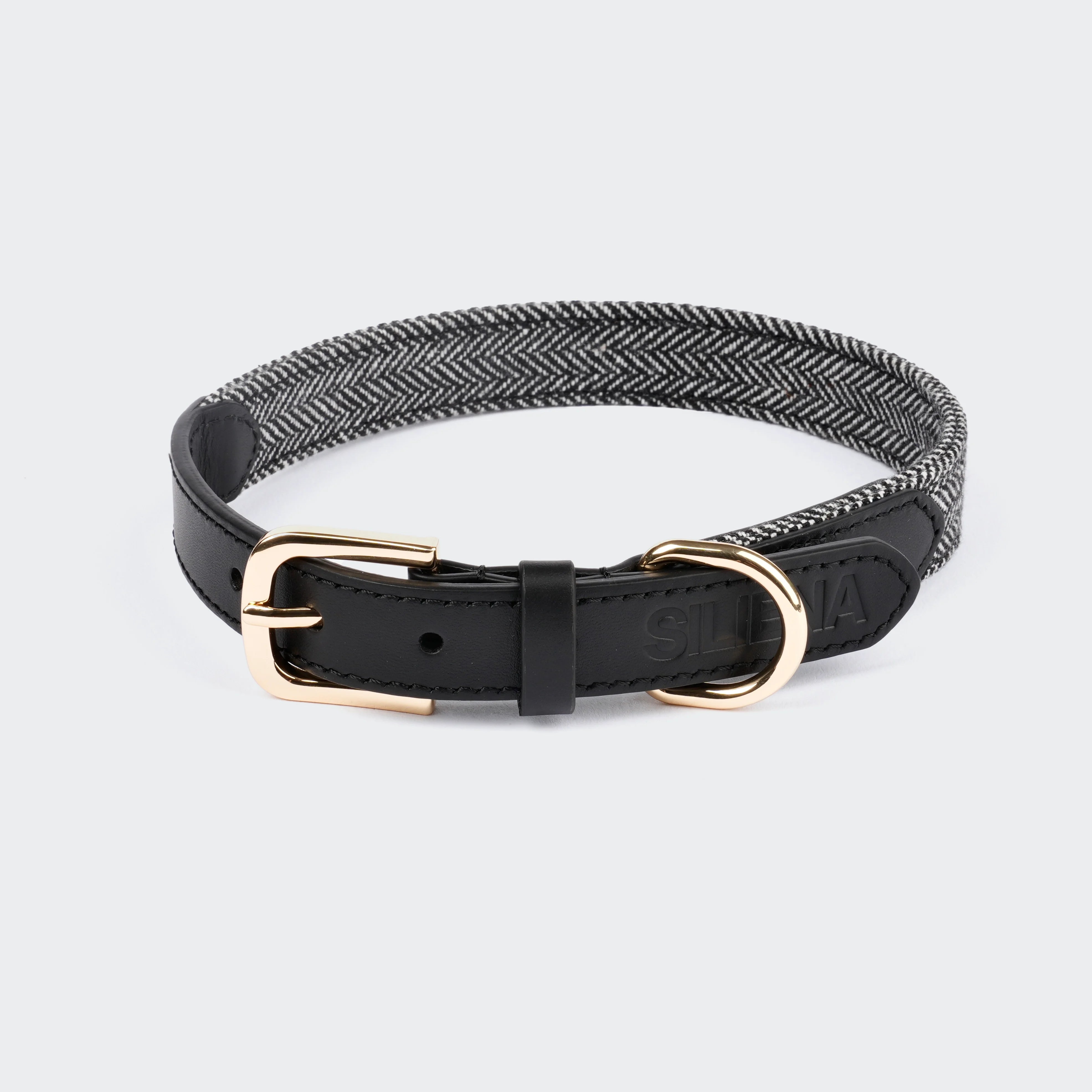

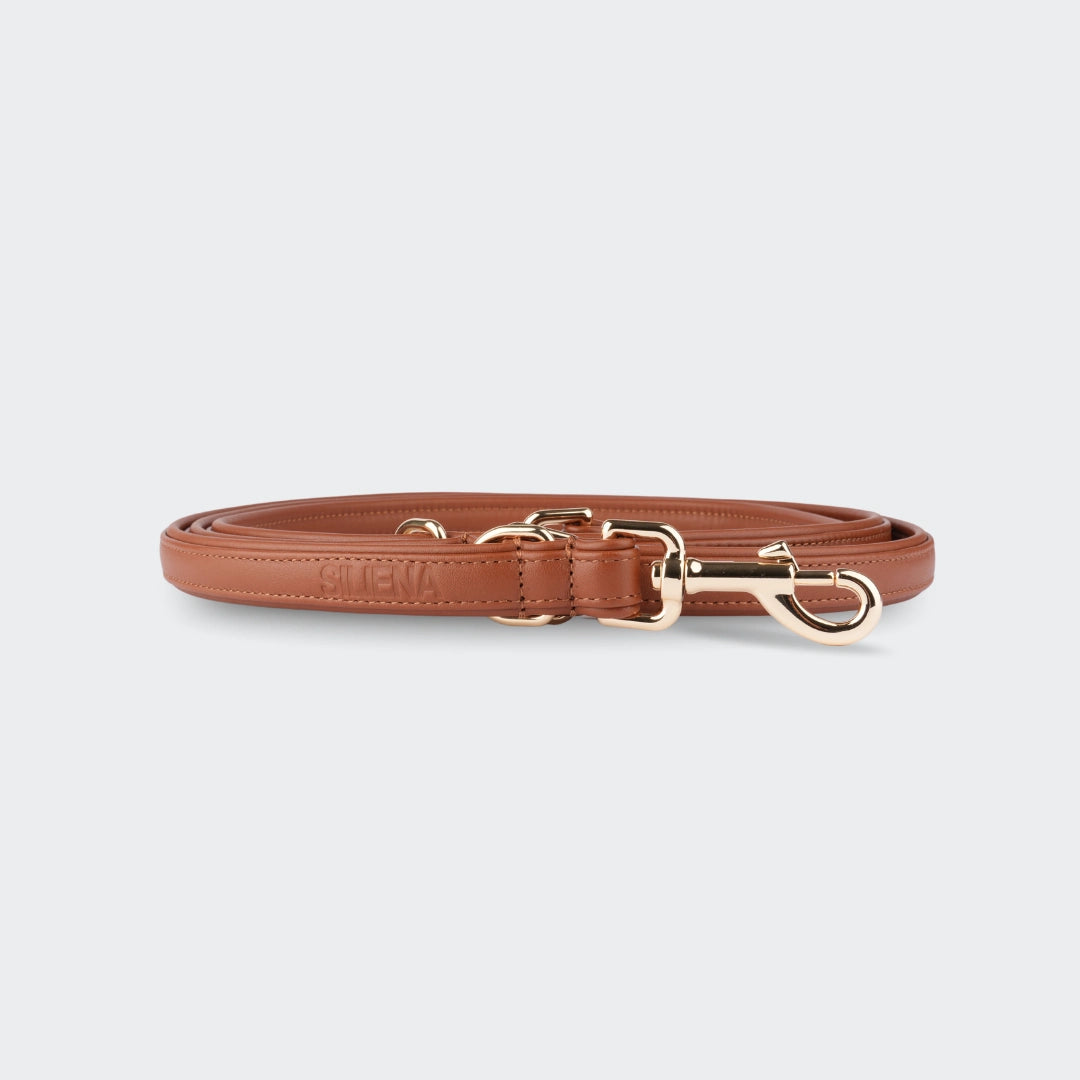
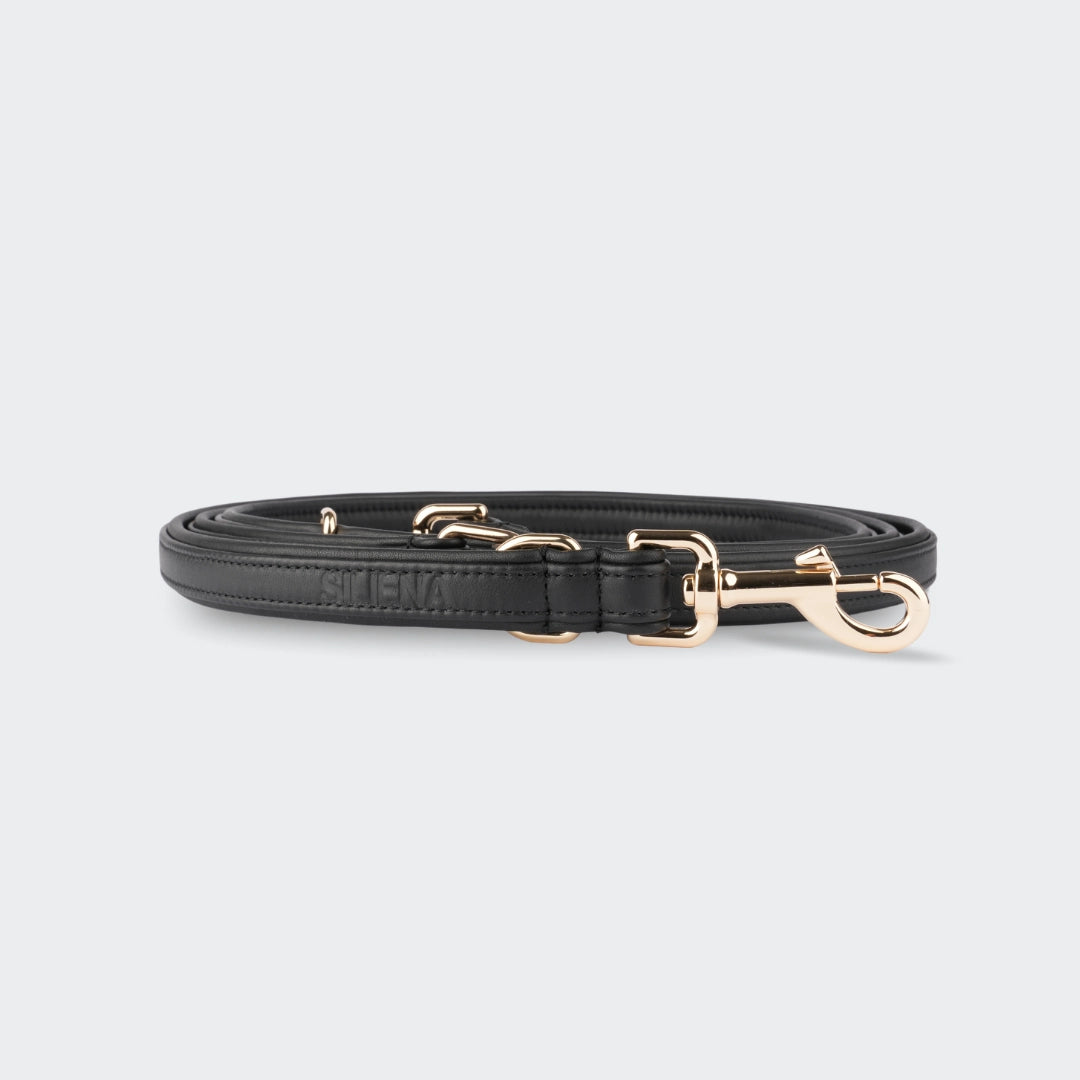

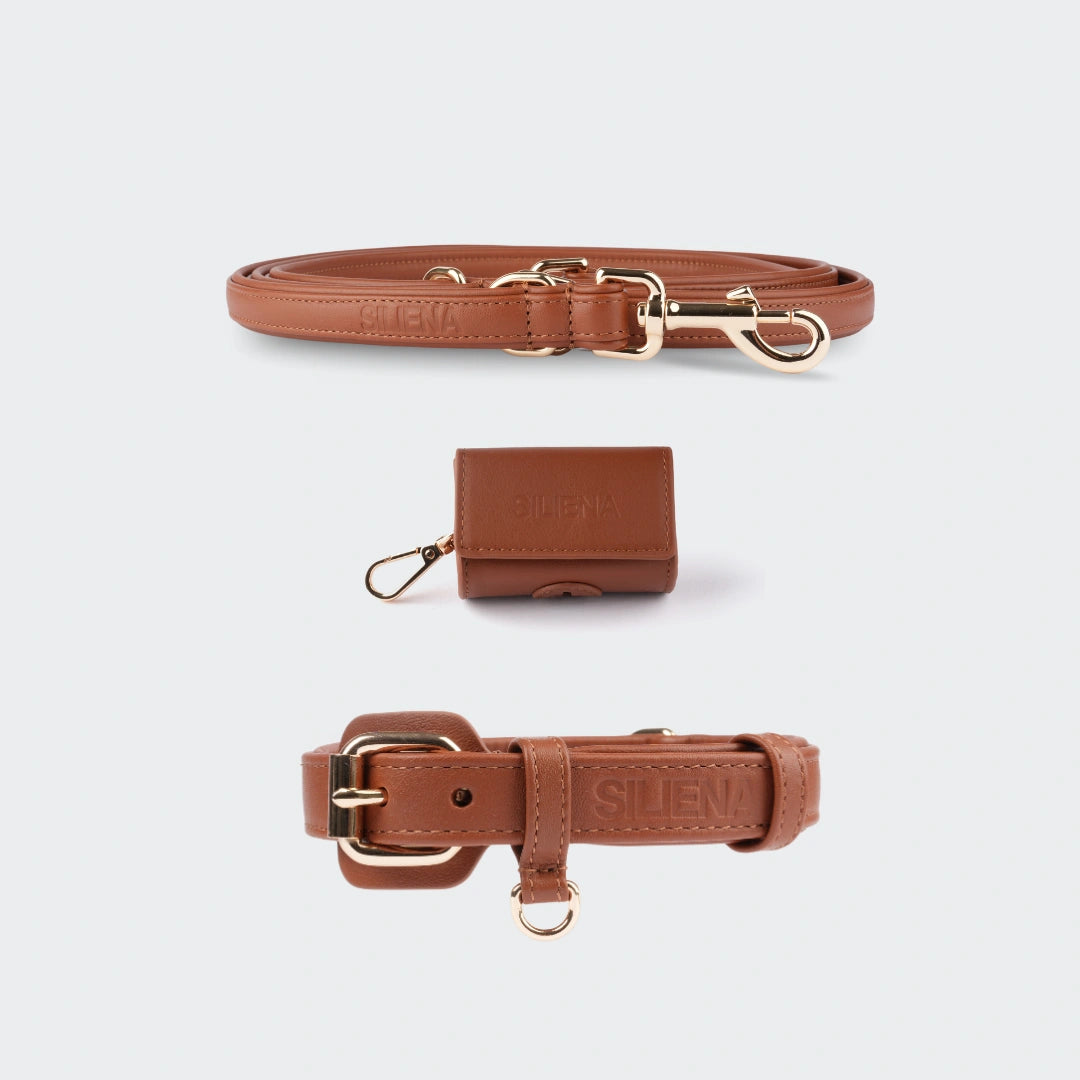
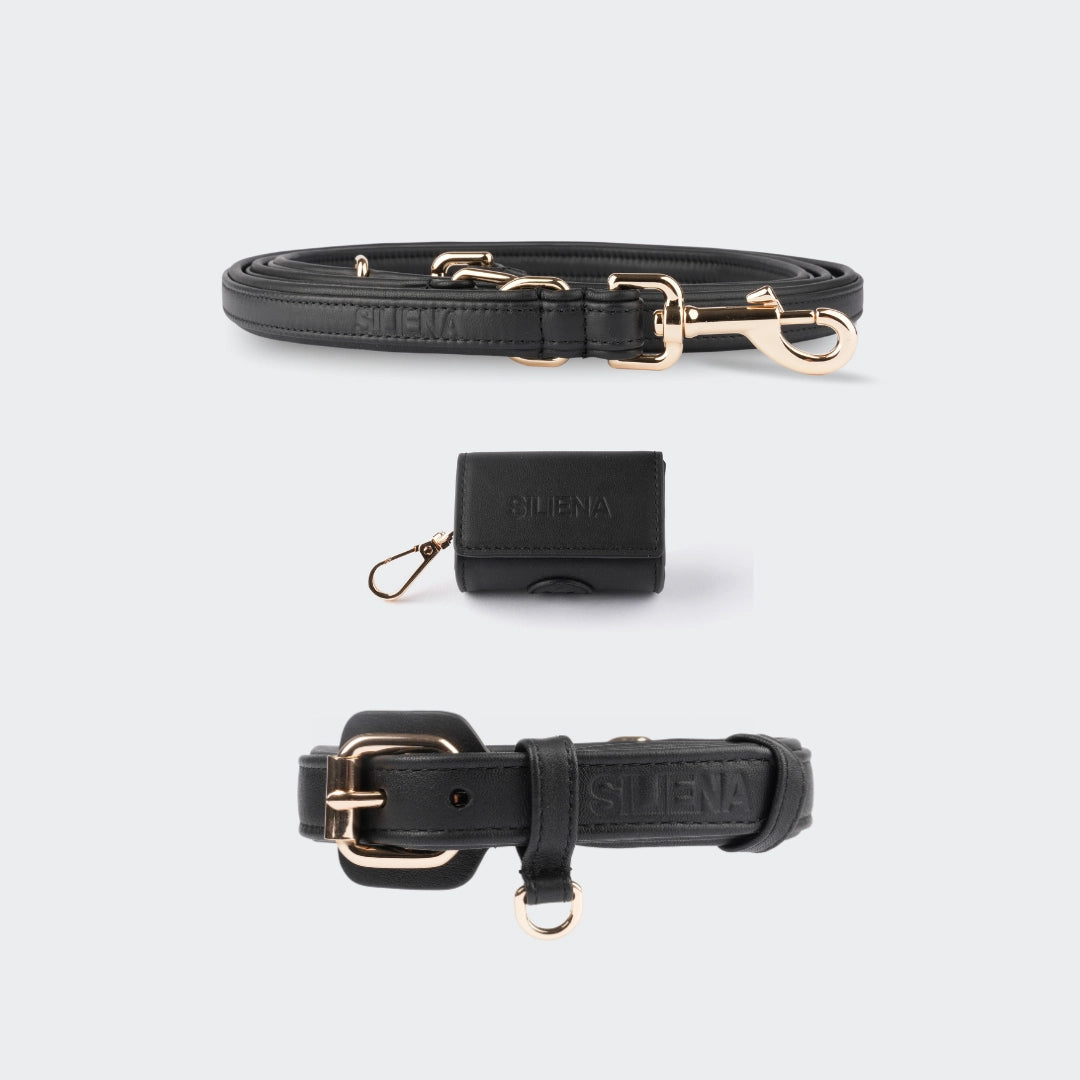
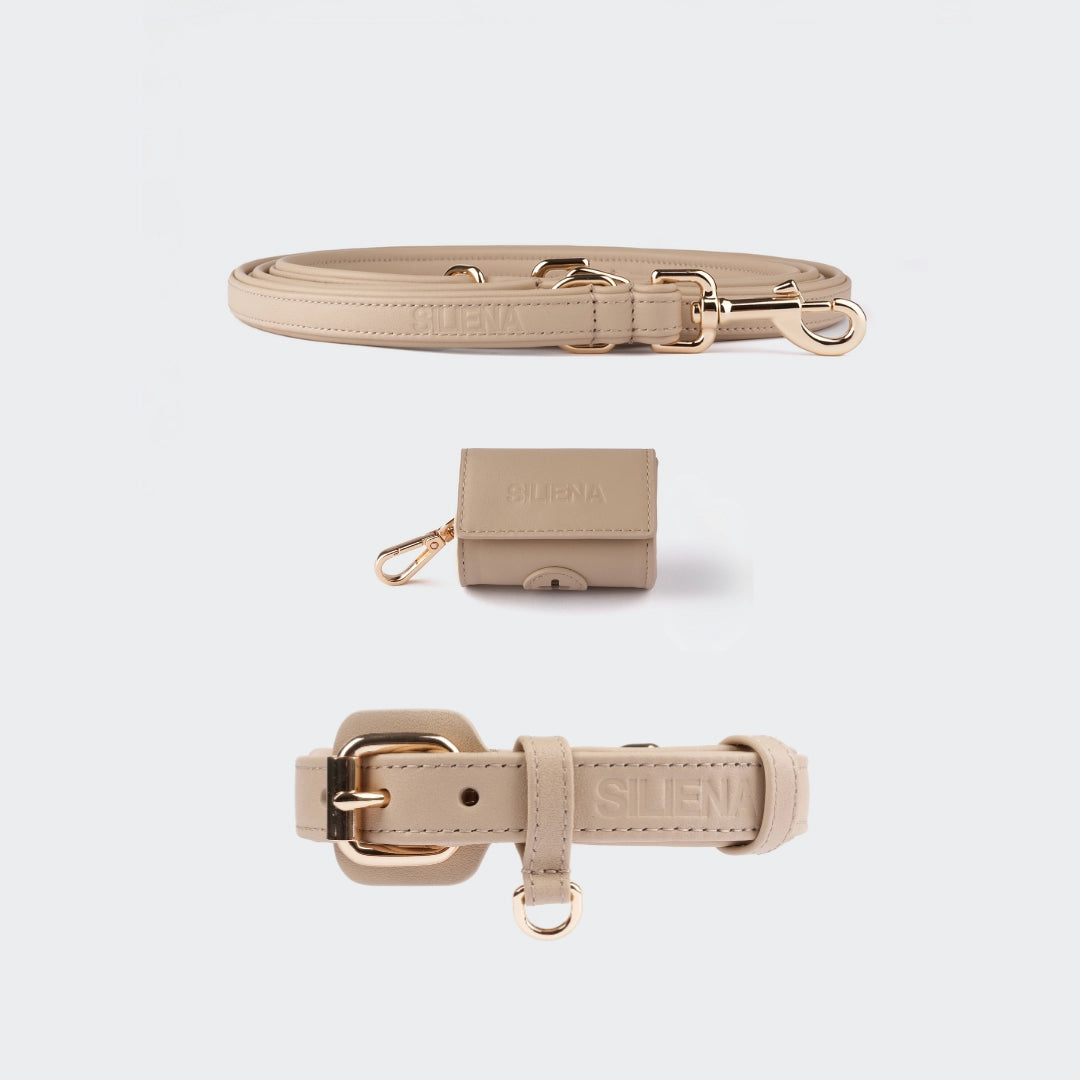
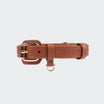
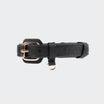
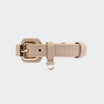
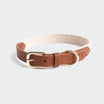
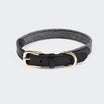

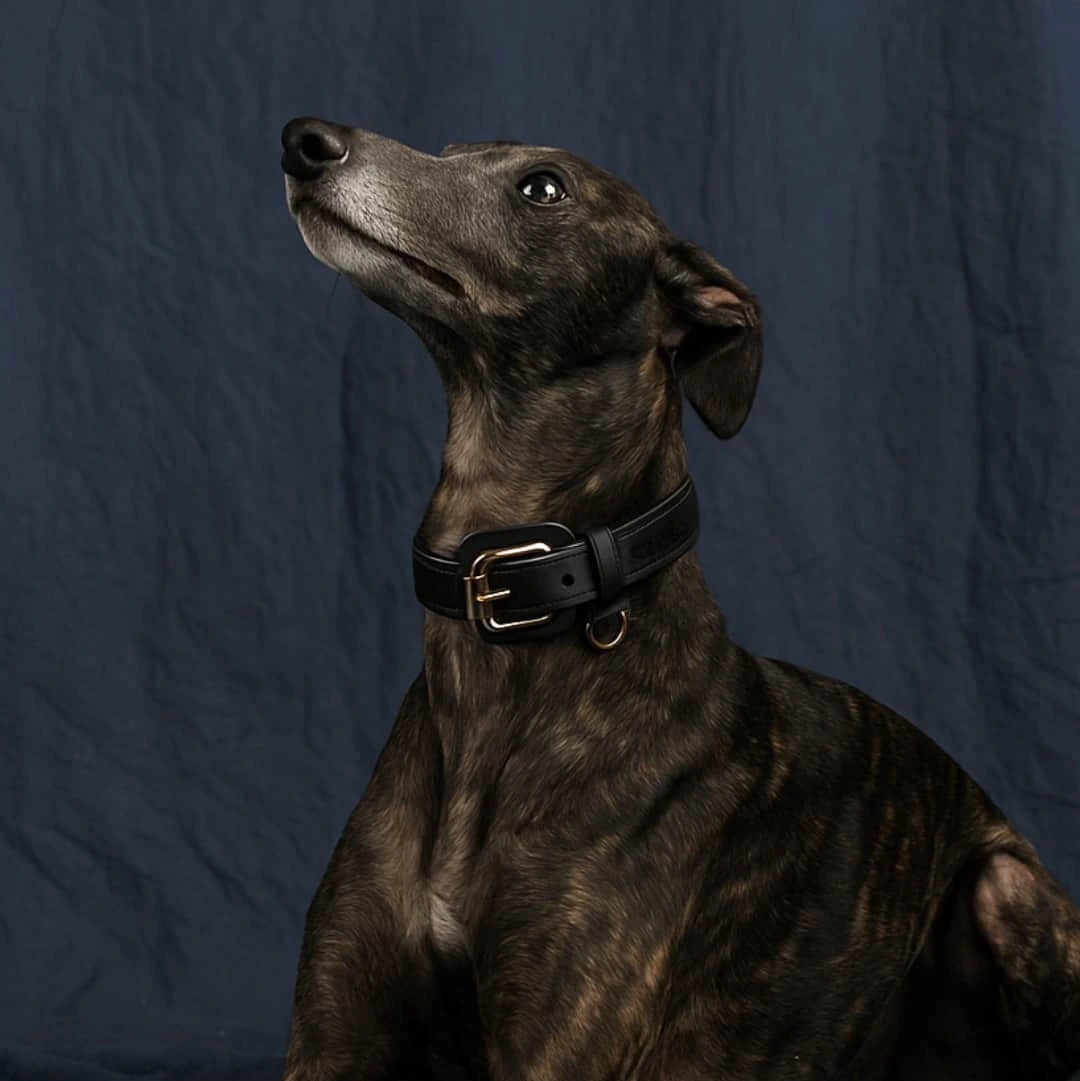
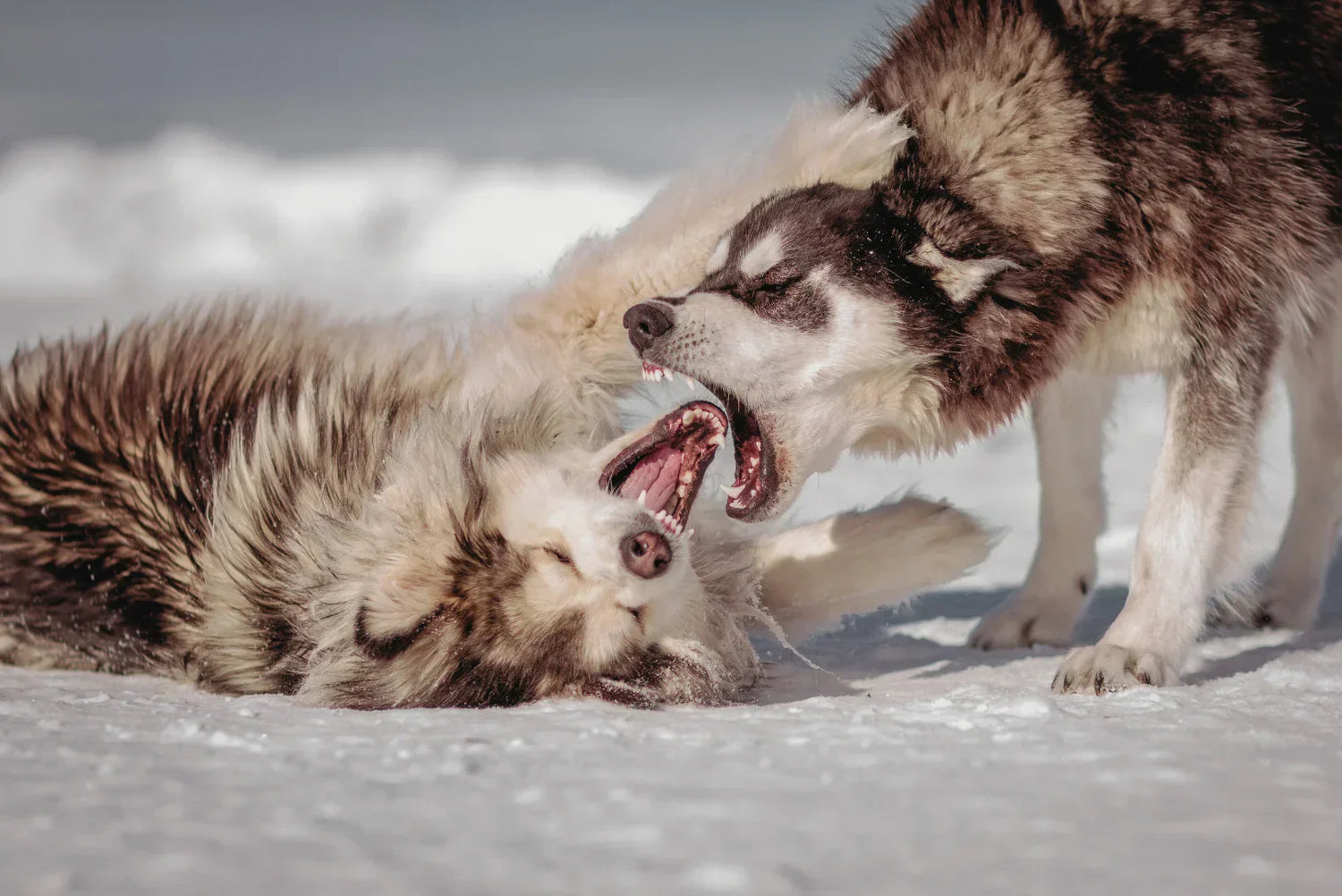

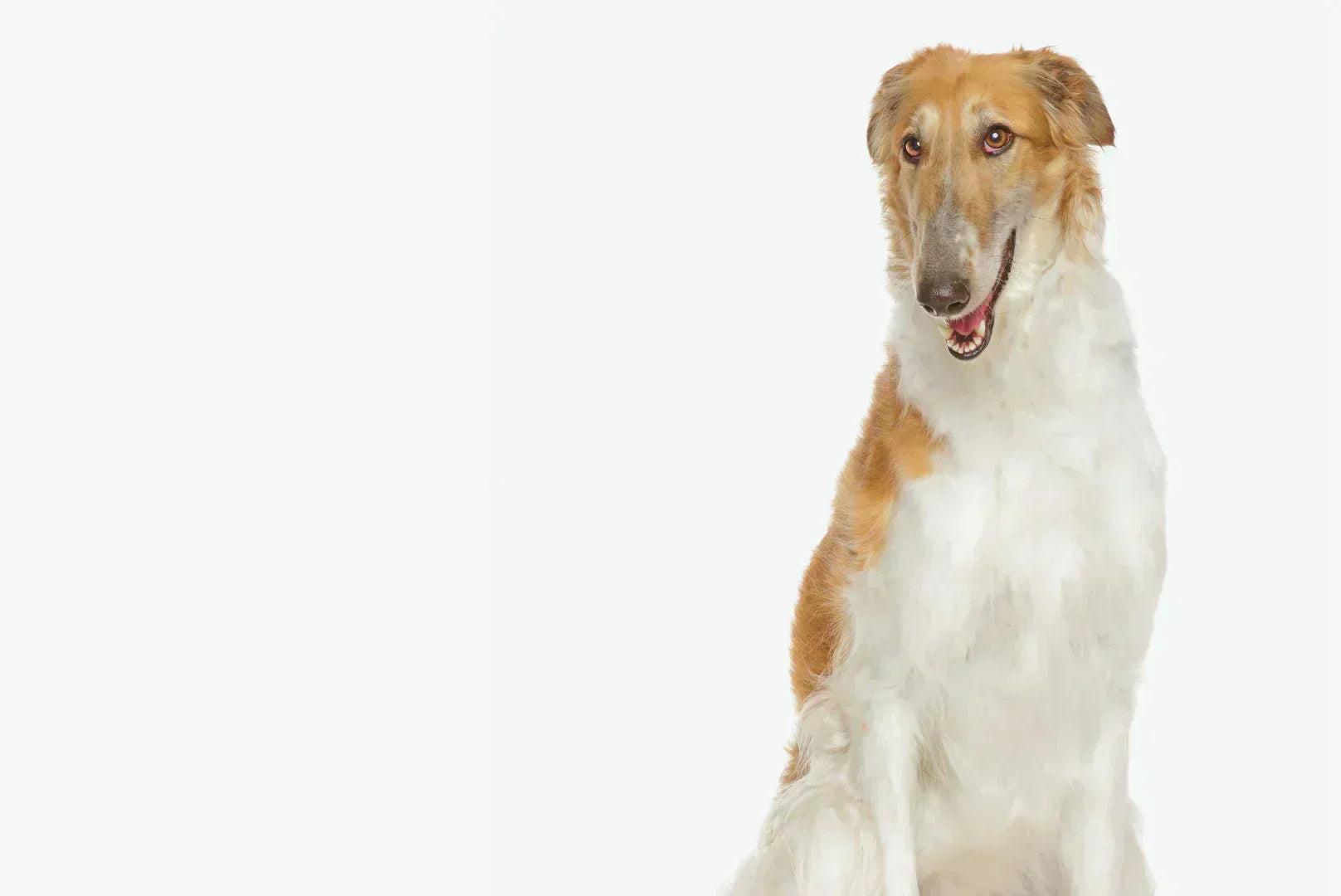
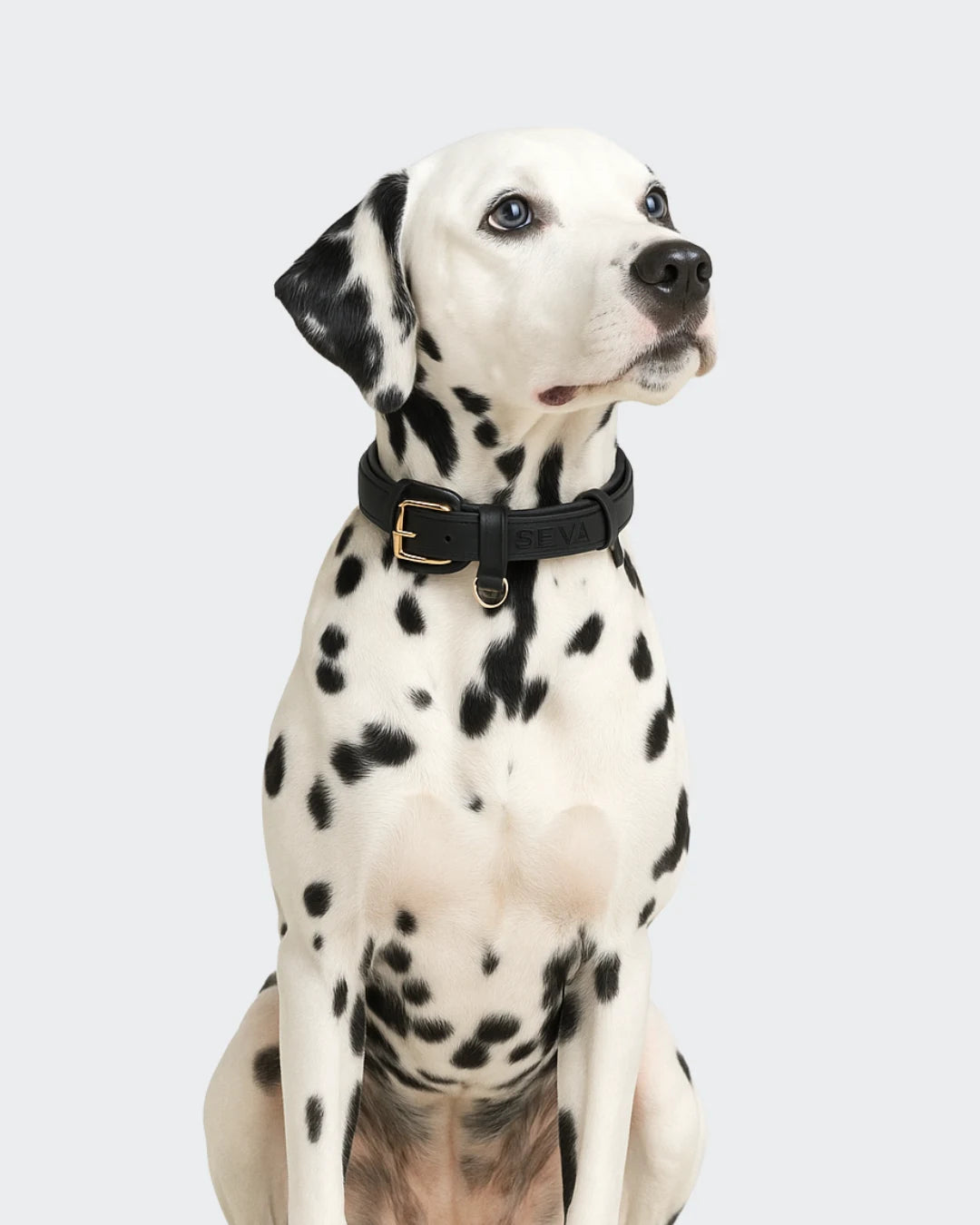

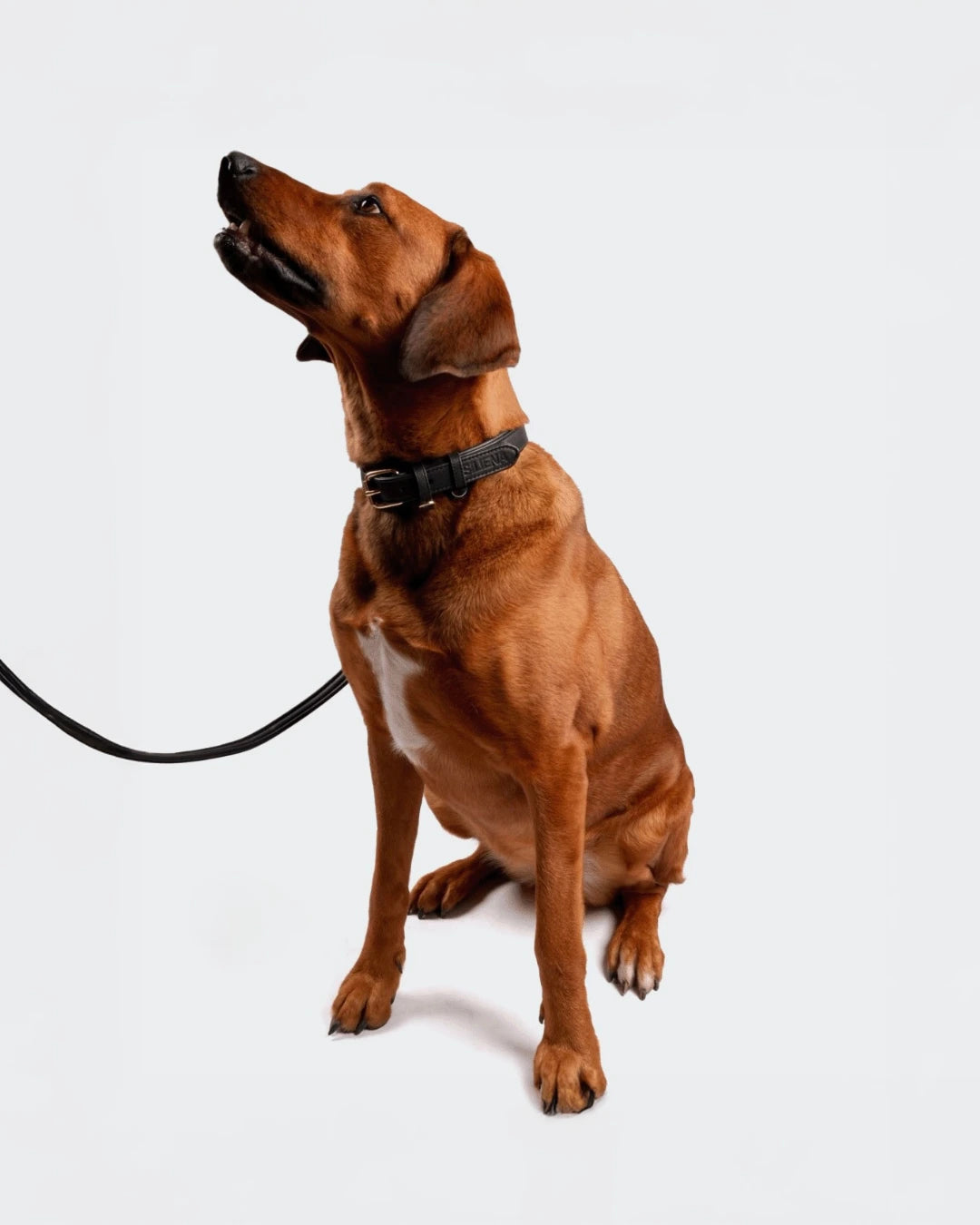
Leave a comment
This site is protected by hCaptcha and the hCaptcha Privacy Policy and Terms of Service apply.